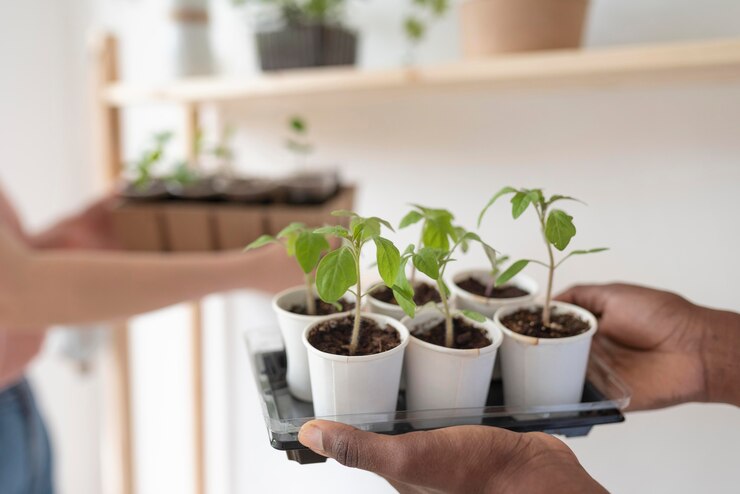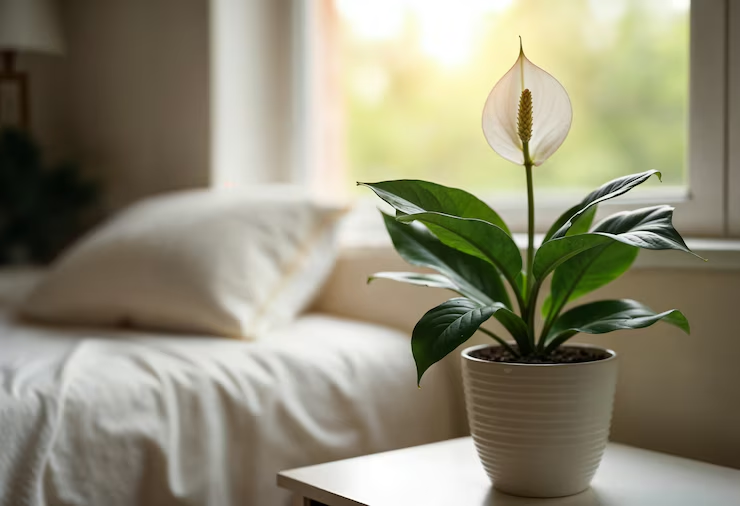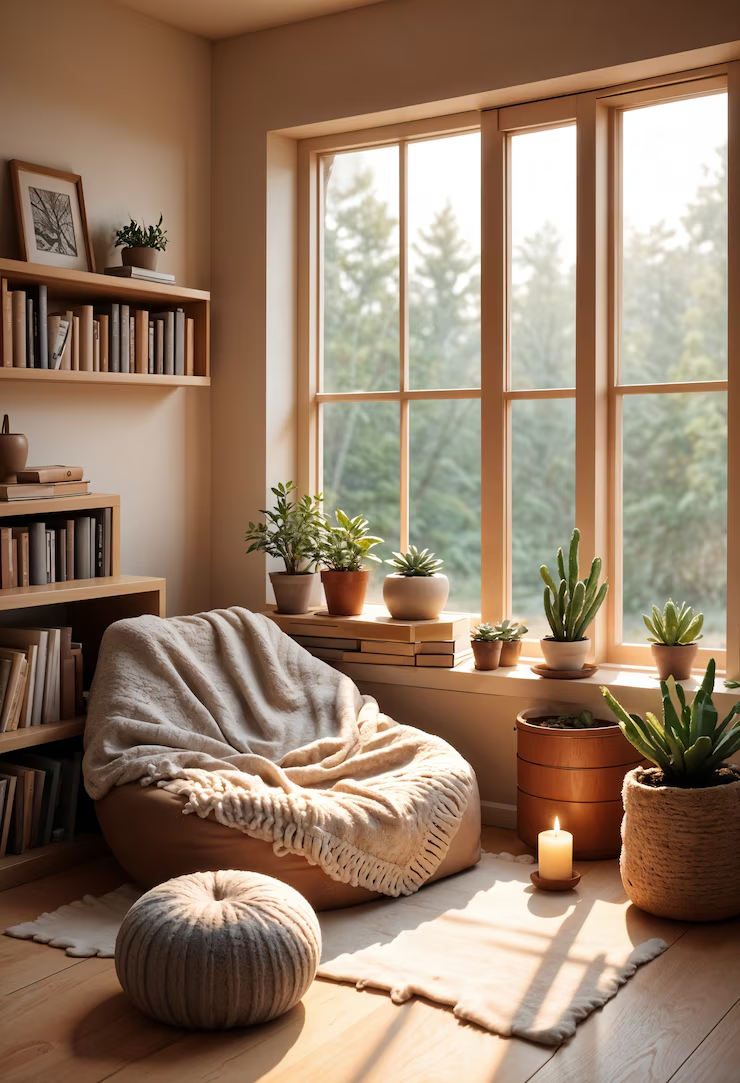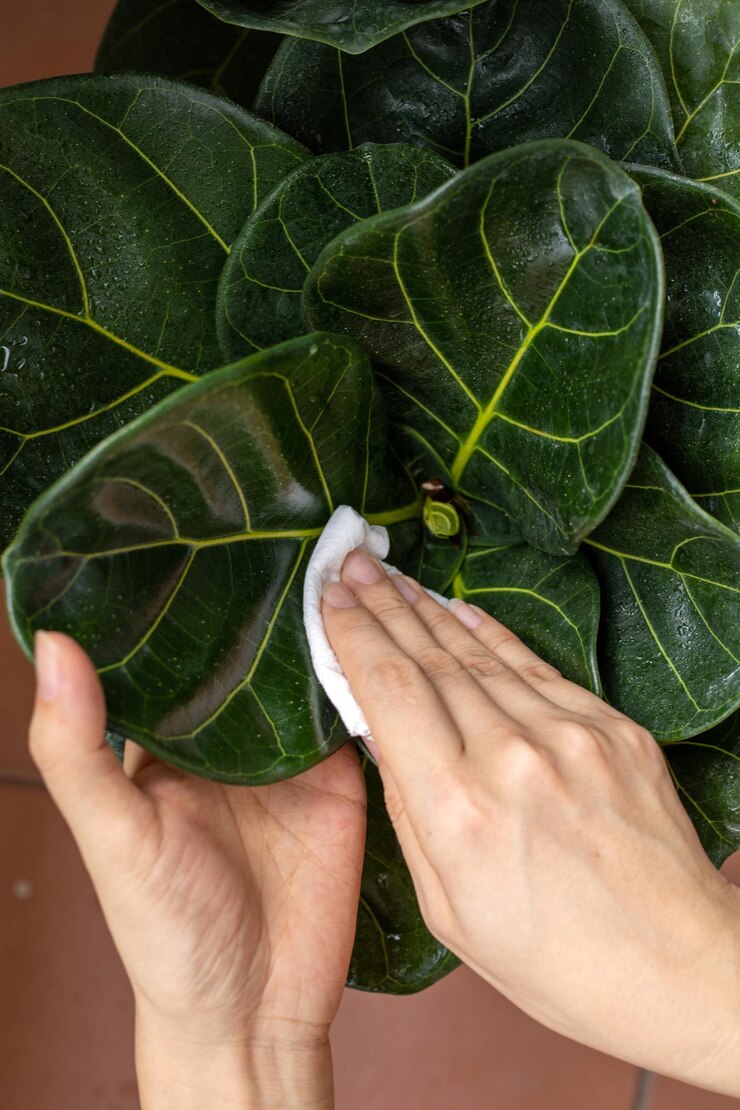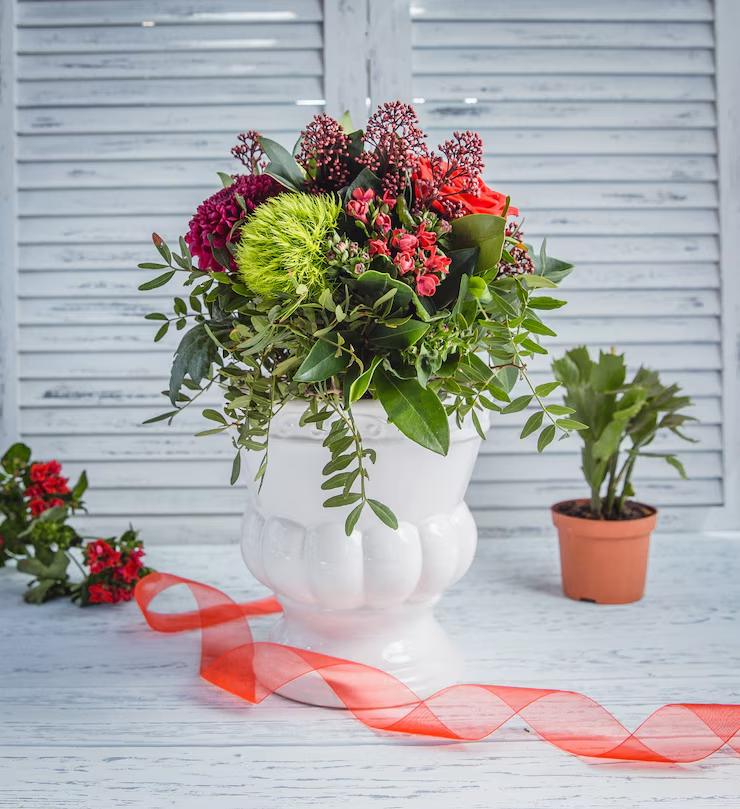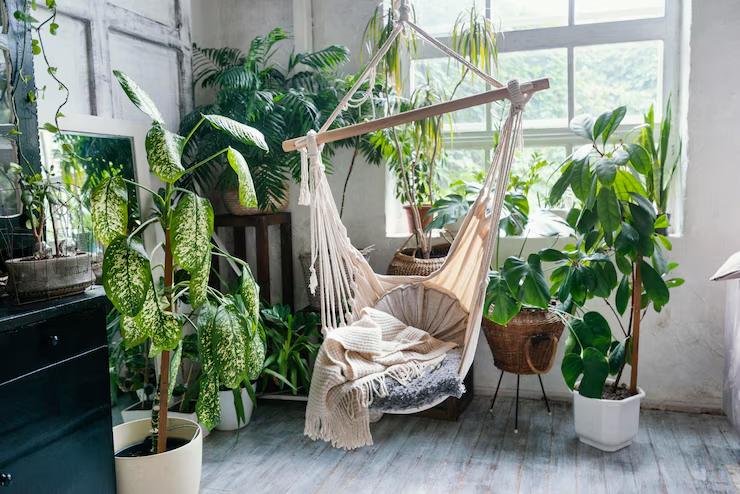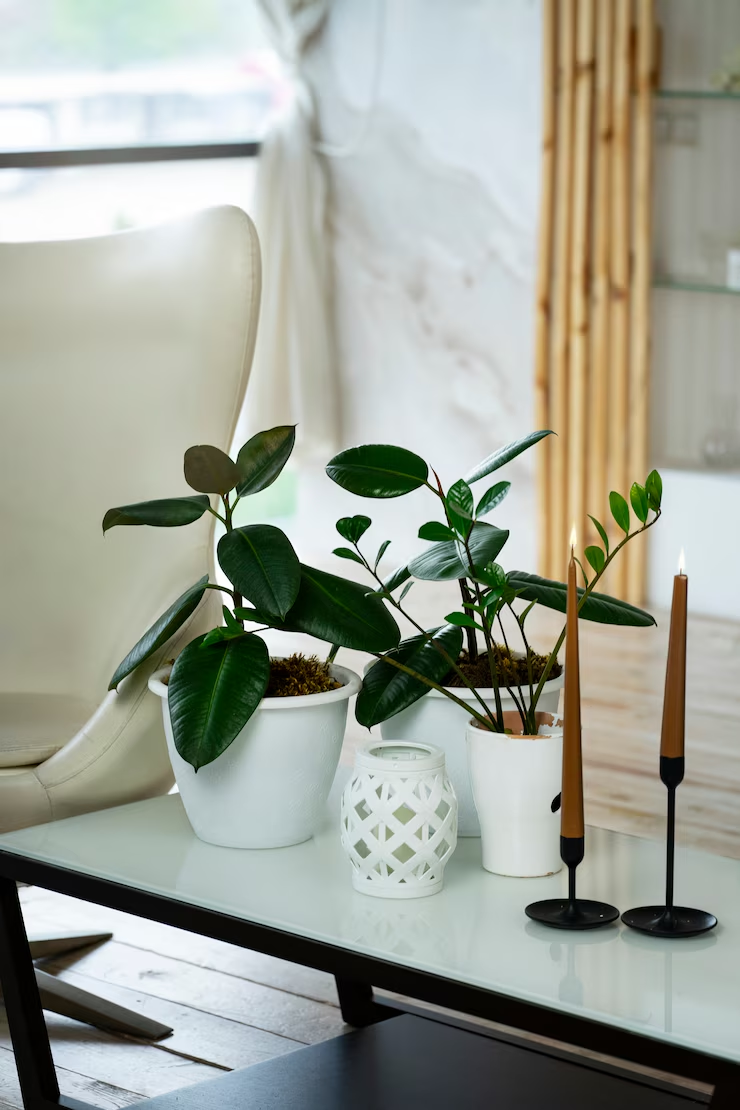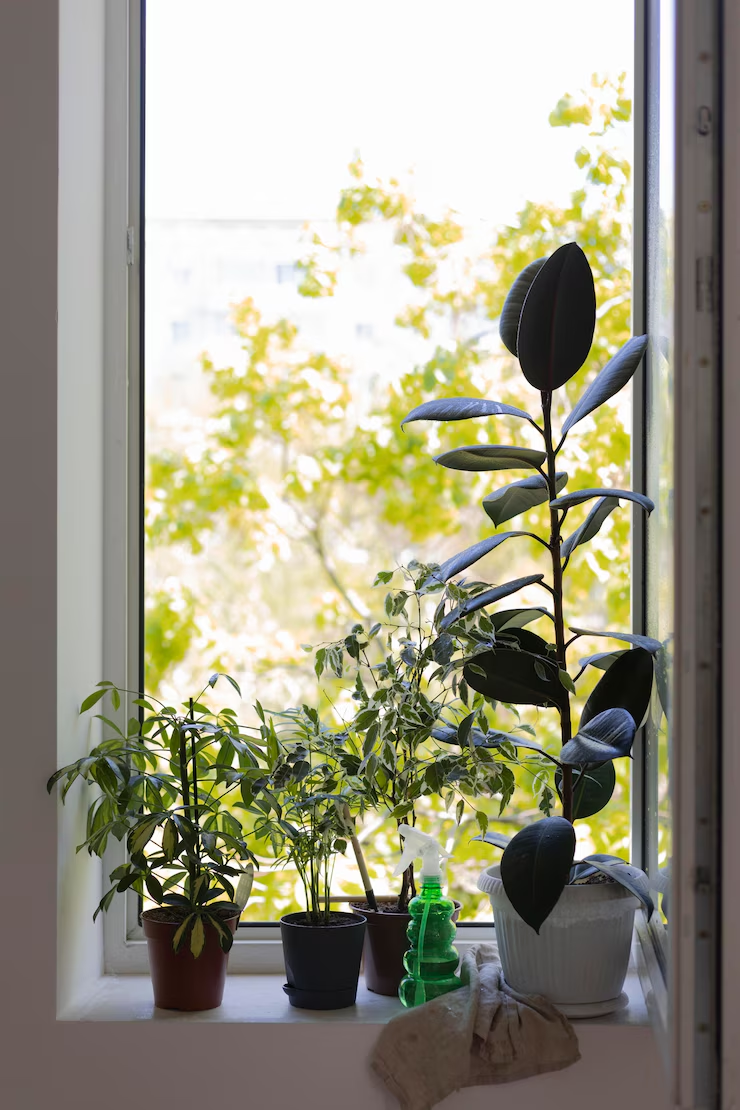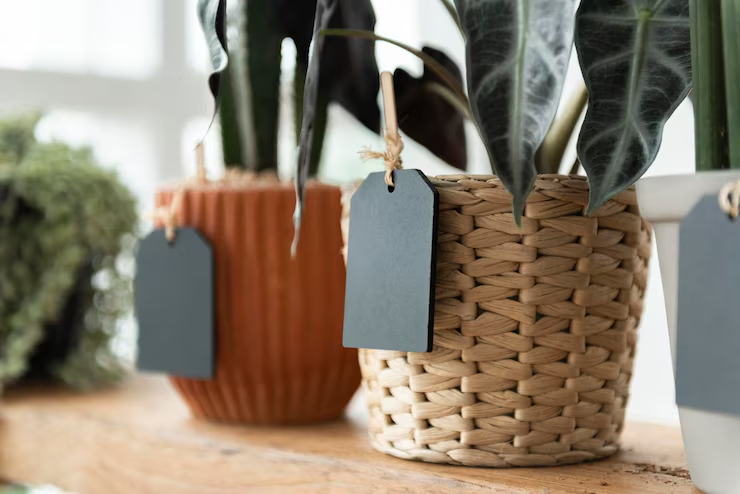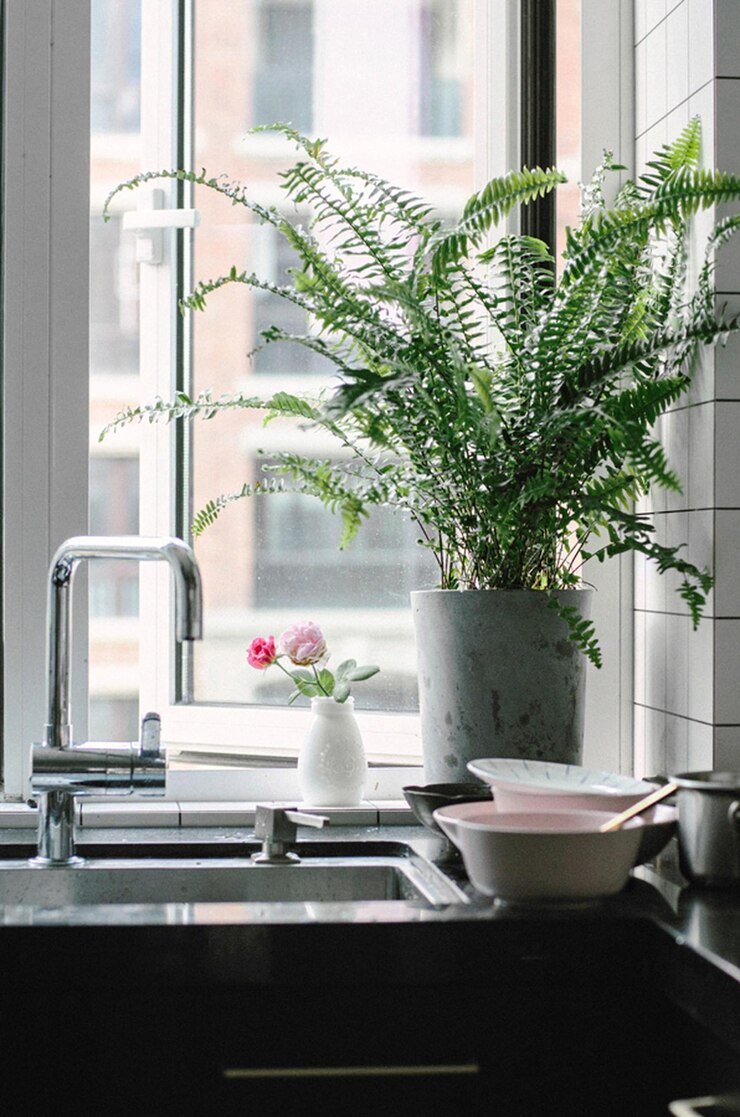Create a Mini Indoor Greenhouse for Year-Round Growing
Want to grow herbs in the middle of winter? Start seeds early for spring? Or care for humidity-loving tropicals? With a mini indoor greenhouse, you can create the perfect environment for plants any time of year, no matter the weather outside. In this guide, you’ll learn how to build, set up, and use a compact … Ler mais

